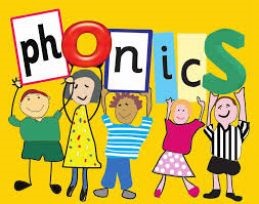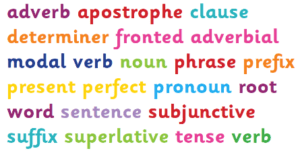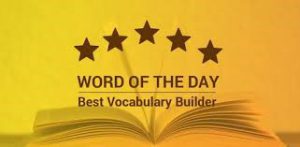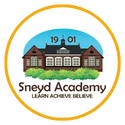Reading into Writing Journey
The curriculum is planned in such a way that the children are immersed into the whole class text through a range of reading strategies, such as role play, graphic organisers, role on the wall and character analysis. The children are taught to understand the text they are reading through VIPERS where they are exposed to a range of reading skills. Examples of these questions, which we use verbally with the pupils, can be found here.

VIPERS skills include:
VOCABULARY
INFER
PREDICT
EXPLAIN
RETRIEVE
SEQUENCE

Phonics – Little Wandle
Phonics is a major aspect of the Key Stage 1 curriculum. At Sneyd Academy, we teach the Little Wandle framework for Phonics in Year 1. Parent information about Little Wandle can be found on their website: https://www.littlewandlelettersandsounds.org.uk/resources/for-parents/
By the end of Year 1, children should be secure on the Phonics sounds for Phase 5.
Common Exception Words (CEWs) are also an important element of the Phonics Little Wandle Framework. A list of the CEWs for Year 1 can be found here.
Follow the link for Phonics Jargon Buster
Grammar
Children need to be able to show understanding of different grammatical terms and be able to use them in their writing.
 Year 1 children are assessed on their knowledge of these grammar terms through termly SPAG Tests (Spellings, Punctuation and Grammar). We have designed a Jargon Buster specifically for the key themes within Year 1. Click here for the Year 1 Grammar Jargon Buster.
Year 1 children are assessed on their knowledge of these grammar terms through termly SPAG Tests (Spellings, Punctuation and Grammar). We have designed a Jargon Buster specifically for the key themes within Year 1. Click here for the Year 1 Grammar Jargon Buster.
Super Sentences
Super sentences are used in each year group and have been designed to encourage and help the children use a range of skills within their writing.

Below is an example of the super sentence taught in Year 1:
| Super Sentence | Explanation | Example |
| and sentences | Using and to join ideas. | I went to the park and I had an ice-cream. |
 Word of the Day
Word of the Day
Each day, a new word is chosen to be The Word of the Day. This could be related to the topic or book that the class are learning about or could be an interesting word that the teacher feels would be useful or fun. The word is then displayed in the classroom for the rest of the year for the children to use in their speaking and listening and, in turn, their written work. Teachers encourage the children to use these words in their writing – and reward them when they do – as it helps to extend their vocabulary.

